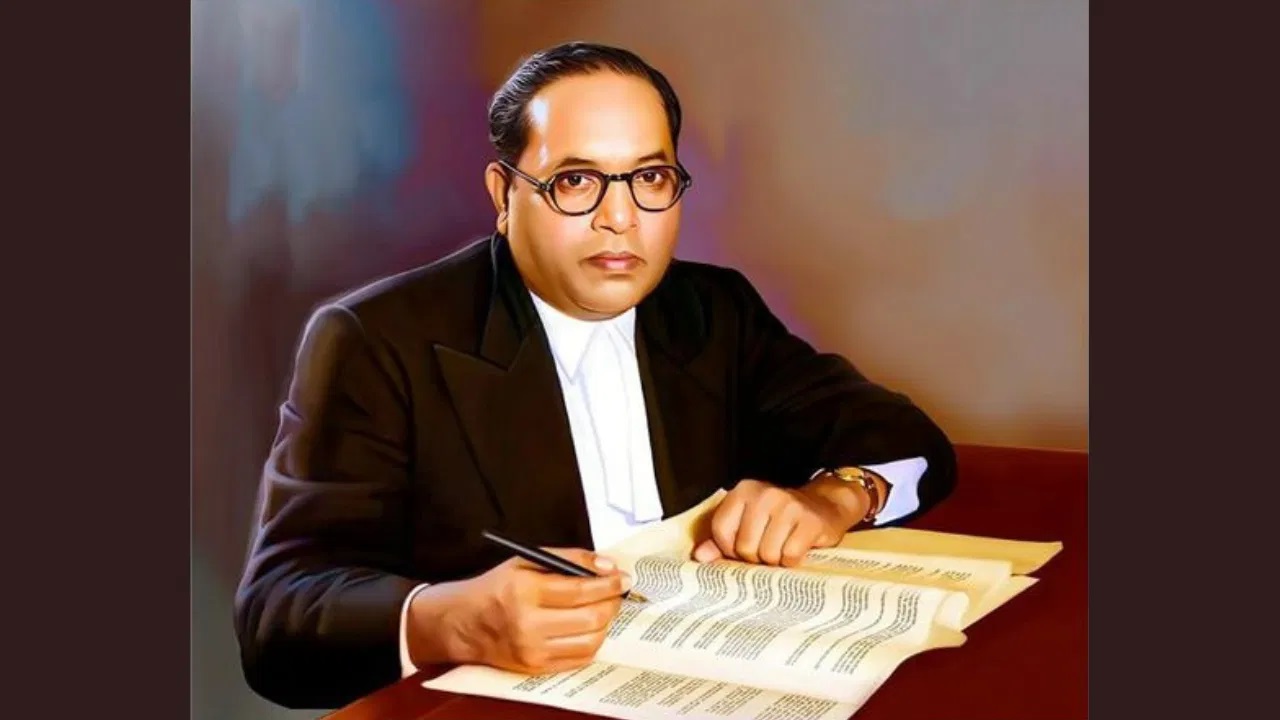Babasaheb Ambedkar: A Life that Redefined India's Social Order
Dr. Bhimrao Ramji Ambedkar, fondly known as Babasaheb, remains one of the most transformative figures in Indian history. As the chief architect of the Indian Constitution, a champion of social justice, and a crusader against caste discrimination, Ambedkar’s vision helped lay the foundations for a modern, democratic, and equitable India.
His birth anniversary, celebrated on April 14 as Ambedkar Jayanti, is not only a tribute to his life and ideals but also a reminder of India's ongoing journey toward social equality and constitutional morality.
In a move echoing his principles of compassion and inclusion, the Government of Karnataka has recently announced that prison inmates across the state will receive sweets on Ambedkar Jayanti (April 14) and Buddha Poornima (May 12), symbolizing Ambedkar's lifelong commitment to dignity for all, including those behind bars.
Early Life and Education
-
Born on April 14, 1891, in Mhow (now Ambedkar Nagar), Madhya Pradesh, into the Mahar caste — historically marginalized as “untouchables.”
-
Faced severe caste-based discrimination from early childhood, shaping his resolve for social reform.
-
Became one of the first Dalit students to enter Elphinstone High School, Mumbai.
-
Higher education included:
-
Columbia University, New York – where he was deeply influenced by ideas of liberty, equality, and fraternity.
-
London School of Economics (LSE) and Gray’s Inn – sharpening his understanding of law, economics, and political science.
-
Crusader for Social Justice
-
Ambedkar believed that social reform precedes political reform.
-
Founded the Bahishkrit Hitakarini Sabha (1924) to promote education, dignity, and rights for Dalits.
-
Used journalism to awaken social consciousness, launching periodicals like:
-
Mook Nayak (Leader of the Silent)
-
Bahishkrit Bharat (Excluded India)
-
Equality Janta
-
Key Social Movements
-
Mahad Satyagraha (1927): Asserted Dalit rights to access public water sources.
-
Kalaram Temple Entry Movement (1930): Demanded temple entry rights for Dalits in Nashik.
-
Advocated for political representation of Dalits through separate electorates at the Round Table Conferences (1930–32).
-
Poona Pact (1932): Negotiated with Mahatma Gandhi, ensuring reserved seats for Dalits within a joint electorate system.
Political Career and Nation-Building
-
Founded Independent Labour Party (1936) to represent Dalits and laborers.
-
Later formed the Scheduled Castes Federation (1942) and announced the Republican Party of India (1956) before his death.
-
Appointed Labour Minister in the Viceroy’s Executive Council (1942–1946):
-
Advocated for workers’ welfare, social security systems like Employees’ State Insurance (ESI) and Employees’ Provident Fund (EPF).
-
Drafting of the Indian Constitution
-
Appointed Chairman of the Drafting Committee in 1947.
-
Incorporated the core values of Justice, Liberty, Equality, and Fraternity into the Indian Constitution.
-
Instrumental in:
-
Abolition of untouchability.
-
Introducing affirmative action (reservations) for historically oppressed communities.
-
Advocating for the Directive Principles of State Policy to address socio-economic justice.
-
Independent India’s First Law Minister
-
Became the first Law Minister of India in Jawaharlal Nehru's cabinet.
-
Introduced the Hindu Code Bill, one of the earliest efforts to reform Hindu personal laws and grant equal rights to women.
-
Resigned in 1951 due to Parliament's reluctance to pass the bill.
Conversion to Buddhism
-
Publicly announced in 1935:
“I was born a Hindu, but I will not die a Hindu.” -
Converted to Buddhism on October 14, 1956, in Nagpur, along with 500,000 followers.
-
His conversion was a political and social statement against caste oppression, igniting the Dalit Buddhist movement.
Major Contributions
-
Constitutional Architect: Drafted a forward-looking Constitution that protected the rights of all citizens.
-
Banking Reforms: Contributed to the establishment of the Reserve Bank of India (RBI), influencing the Hilton Young Commission (1925).
-
Labor Welfare: Introduced and supported several labor laws ensuring fair working conditions and social security.
-
Women’s Rights Advocate: Pushed for gender justice through legislation.
-
Literary Works:
-
Annihilation of Caste (1936)
-
The Buddha and His Dhamma (1957)
-
Who Were the Shudras? (1946)
-
Enduring Legacy
-
Ambedkar Jayanti (April 14): National holiday, celebrated to honor his ideas and contributions.
-
Statues, Memorials, and Universities: Spread across India as a testament to his legacy.
-
Policy Influence: Reservation policies, social justice schemes, and human rights legislation remain rooted in his philosophy.
-
Continues to inspire grassroots social movements like the Ambedkarite Movement.
Conclusion
Dr. B.R. Ambedkar’s life is a timeless lesson in social reform, constitutional vision, and human dignity. His contributions transformed India into a republic that aspires to empower its weakest sections, ensuring that liberty, equality, and fraternity are not just constitutional ideals but social realities.
The recent directive by the Karnataka government — offering sweets to prison inmates on Ambedkar Jayanti and Buddha Poornima — is a symbolic reminder of his relentless commitment to human dignity, compassion, and social justice.


.jpg)

Comments (0)